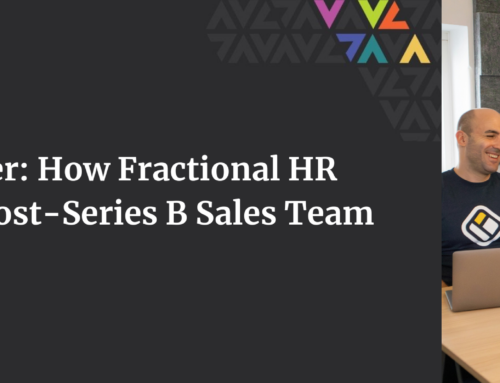
By Rich Frankenheimer, Fractional Chief Financial Officer
Software as a Service (SaaS) is a standout model in the tech industry due to its subscription-based nature, where customers pay regularly for access to software or platforms. This structure allows for recurring revenue with minimal sales effort after the initial customer acquisition. The beauty of SaaS lies in its ability to generate a Lifetime Value (LTV) that far exceeds the cost of acquiring a customer, making it highly attractive to investors.
However, not all companies that claim to be SaaS strictly fit the model. Some companies operate on multi-month, tech-enabled contracts or project-based software use. Neither guarantees consistent, recurring income without ongoing sales efforts. One example is software used occasionally for specific needs like disaster recovery. While viable, these models don’t offer the predictable revenue stream of true SaaS models and thus require different management strategies, particularly in how they present themselves to investors and their financial projections.
Understanding and managing Key Performance Indicators (KPIs) is mission-critical for any growing SaaS business. There is an almost endless list of SaaS KPIs that can be tracked. Identifying the most important ones for your unique SaaS company to keep management and investors focused is vital. Equally as important is to make sure you are using the right data to measure the calculations for those KPIs. Here are the three key elements needed to properly calculate your KPIs:
- The data needed for that calculation is accessible in your system.
- All data needed for that calculation is complete and accurate.
- “Standard Formulas” for SaaS KPIs are where you start – but not where you finish.
Although there are standard formulas for most SaaS KPIs, the way the data is defined, the timing of the inputs, and the relative importance of the specific KPI can vary widely from one SaaS business to another.
Issues such as inadequate data separation (COGS vs. OpEx) can cause challenges in calculating KPIs in a SaaS model. This can affect gross margin calculations and, thus, the accuracy of LTV to CAC ratios. Similarly, discrepancies in revenue reporting from different payment processors can lead to errors in MRR calculations. Decisions about what costs to include in CAC, how to adjust for different sales cycles (B2C, B2B, Enterprise), and how to account for early-stage retention uncertainties are critical for precise KPI analysis.
Accurately calculating these metrics depends on having accessible, complete, and accurate data. Standard formulas provide a starting point, but the specific definitions, timing of data inputs, and the relative importance of each KPI often need customization to fit the context of a SaaS business.
While SaaS businesses hold the potential for significant growth and investment attraction, they require meticulous capital management and strategic KPI tracking. Proper calculation, interpretation, and reporting of KPIs are not one-size-fits-all but must be tailored to reflect the unique aspects of each SaaS company. Effectively managing these elements is essential for making informed decisions that drive growth.



